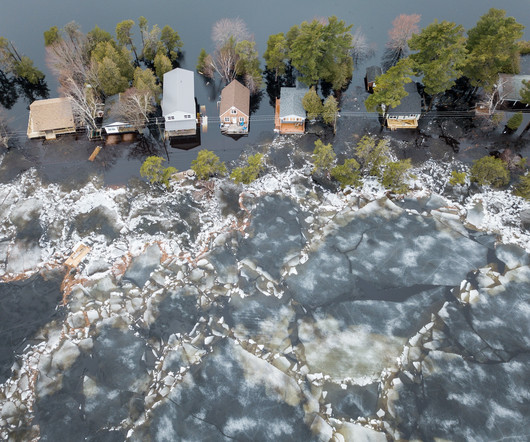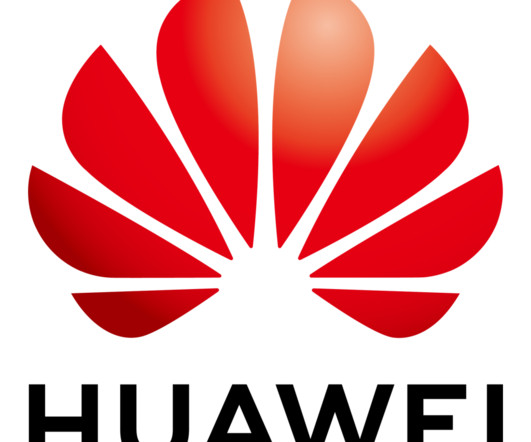Climate change predictions: Anticipating and adapting to a warming world
IBM Big Data Hub
FEBRUARY 20, 2024
Climate models provide answers Human activities precipitated changes to the Earth’s climate in the 20th century and will largely determine the future climate. Global climate models have given climate scientists a set of expectations as to what the future could hold, both for the Earth at large and for specific regions.














Let's personalize your content